TPO - Faced with the situation where natural water sources in the forest are gradually drying up, a series of water tanks have been built to provide drinking water for wild animals.
At the peak of the dry season in the Southeast region, prolonged heat has caused streams, ponds, and natural depressions in the forests of Dong Nai Nature and Culture Reserve (Reserve - in Ma Da commune, Vinh Cuu district) and forests managed by Cat Tien National Park (Thanh Son commune, Dinh Quan district) to dry up.
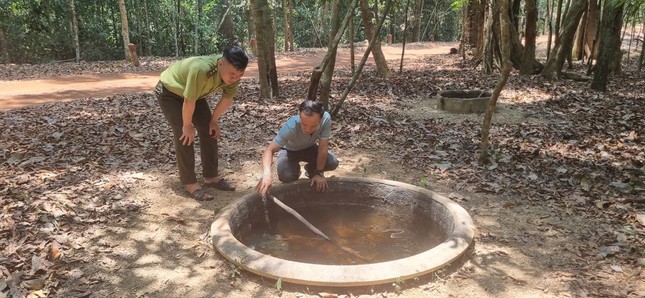 |
Many water tanks are placed in the Reserve forest and are regularly refilled with water for wild animals to drink. |
To ensure drinking water for wild animals, forest management and protection forces are actively supplying water and minerals to water tanks in the forest.
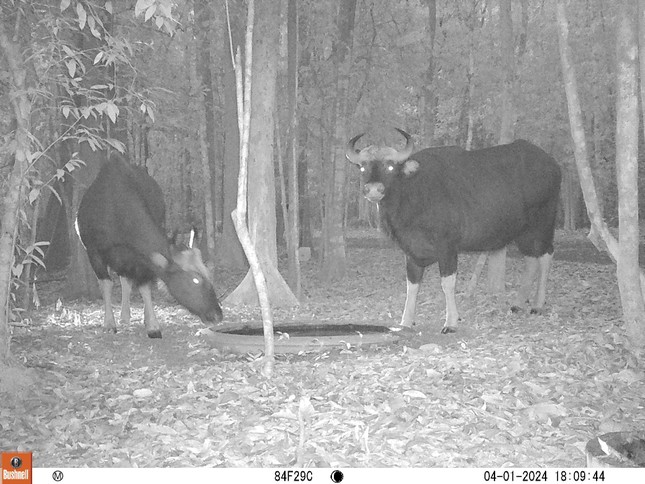 |
A pair of wild bulls coming to drink water at night was recorded by a camera trap (photo of the Conservation Area) |
Dong Nai Biosphere Reserve includes core zone, buffer zone and transition zone, spread across the provinces of Dong Nai, Lam Dong, Binh Duong , Binh Phuoc and Dak Nong, of which 80% of the conservation area is the core zone located in Dong Nai province under the management of Dong Nai Conservation Area and Cat Tien National Park.
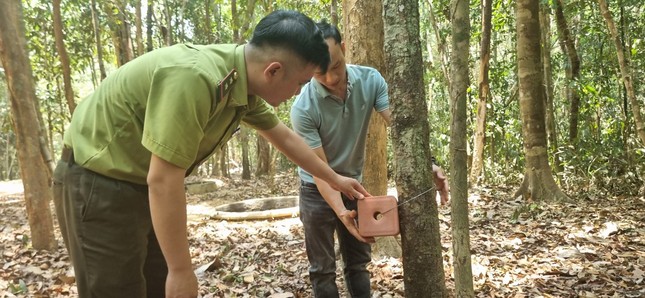 |
Mineral salt is placed near the water tank for wild animals to lick to supplement minerals. |
Currently, Dong Nai Biosphere Reserve has recorded 2,824 species of forest animals, including many large and rare species such as elephants, gaurs, deer...
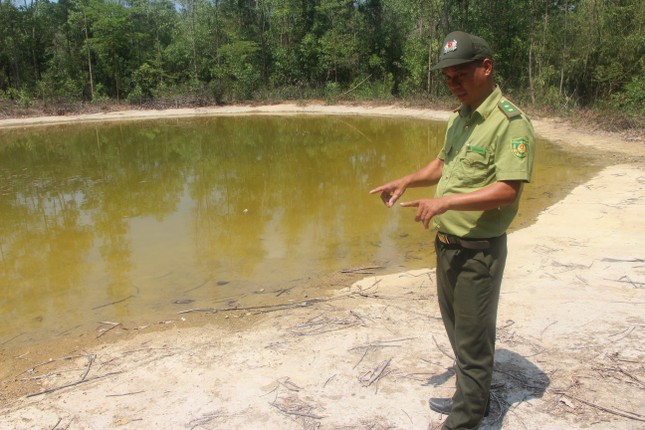 |
Water pan built in the forest of Cat Tien National Park (Thanh Son commune, Dinh Quan district) for elephants and other animals to drink water. |
In the Habitat Improvement Program and Elephant Conservation Project, forest management units have built many water tanks and pans to provide drinking water for wild animals during the dry season and supplement necessary minerals for animals in the forest.
 |
Elephant dung is often found in the water pan area. |
Mr. Tran Dai Nang, a ranger at the Dinh Quan District Forest Protection Department, said: "Each water pan for elephants is built on an area of hundreds of square meters, containing nearly 300 cubic meters of water. When the water runs low, we refill it. During the dry season, elephants and many other animals come here to drink water."
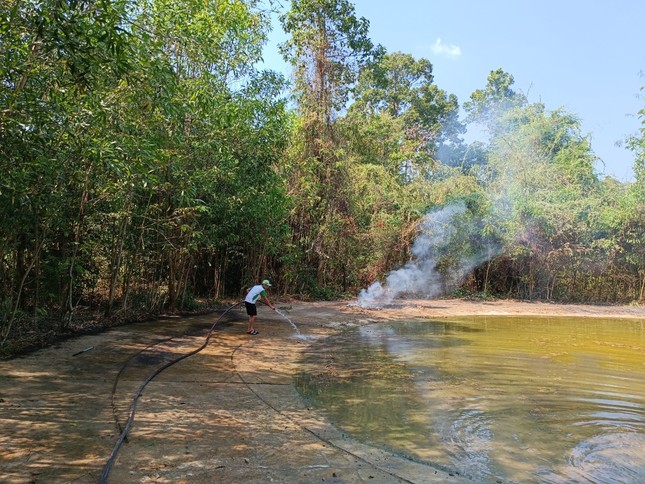 |
Dong Nai Conservation Area staff pump water into the water pan in the forest. |
Providing clean water and minerals for wild animals has been done and maintained for many years.
The program aims to improve living conditions for wild animals, especially during the dry season to stabilize their habitats; improve conservation efficiency, especially for rare and precious species; attract them to create natural animal observation points in the future, raise awareness of resource and environmental protection; serve scientific research; and at the same time enhance the potential natural beauty, serving the development of ecotourism.
Mr. Vo Quang Trung, Deputy Head of the Conservation Department - Dong Nai Conservation Area said: "The water tanks have been built for 5 years. We have recorded many types of animals coming to drink water and use mineral salts, including large animals such as deer, elk, and gaur; small animals such as weasels, cheo; and many amphibians and reptiles."
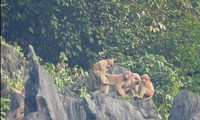

Source





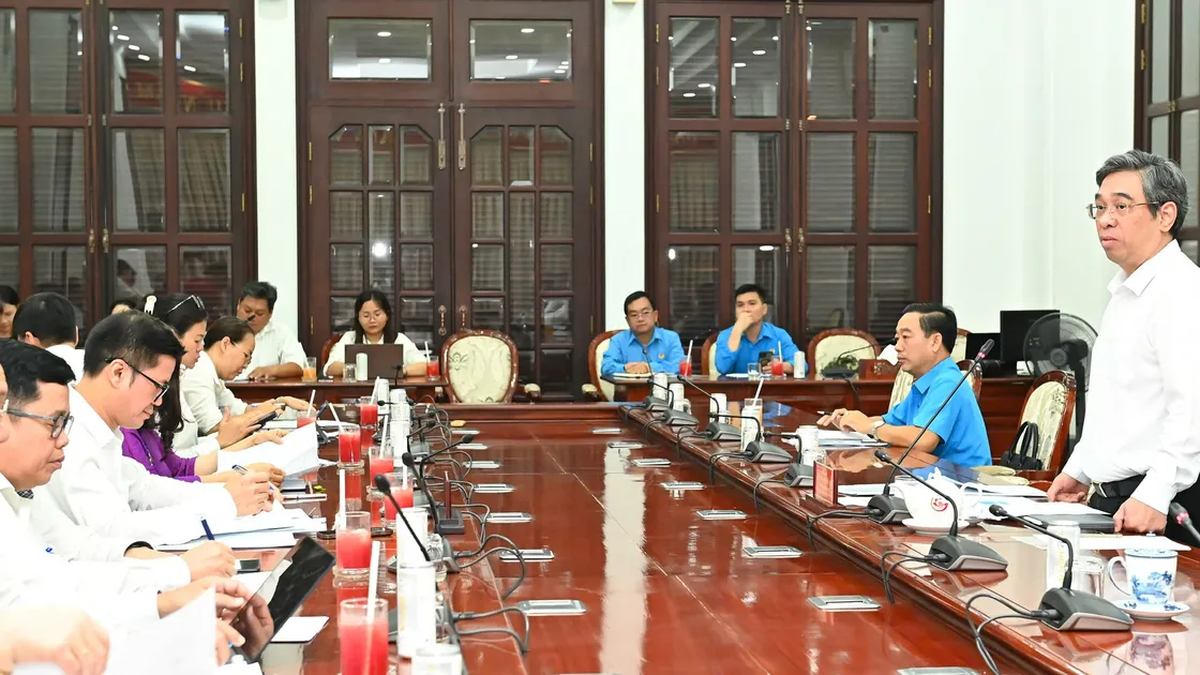
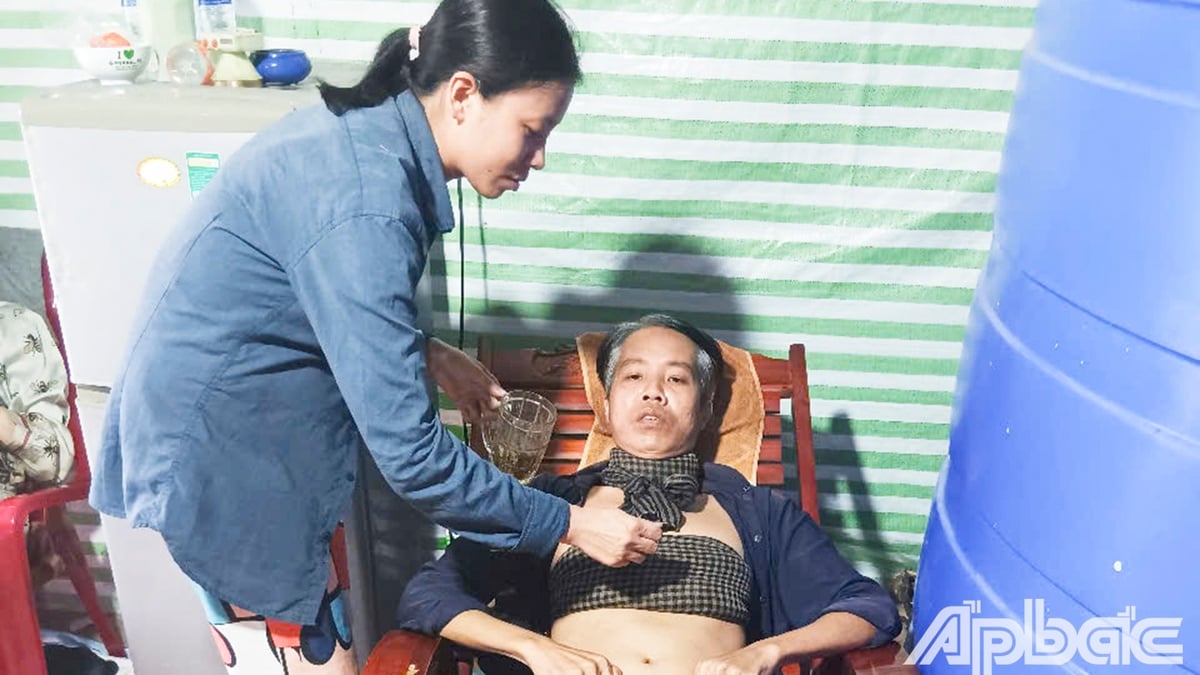
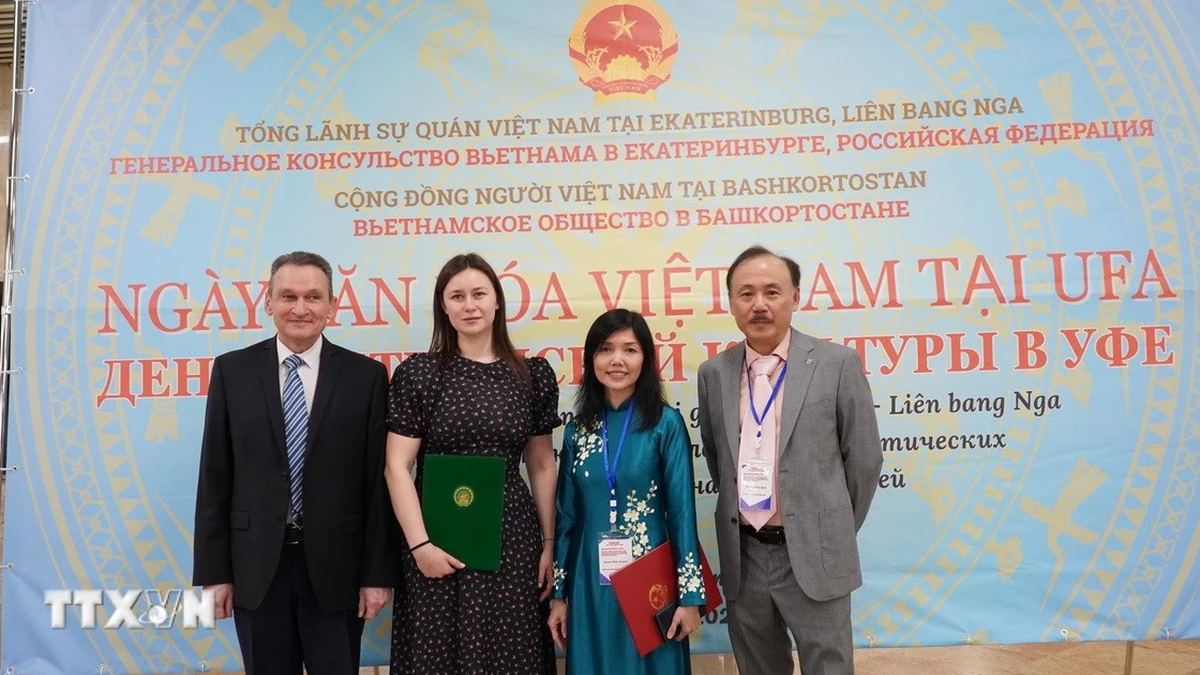


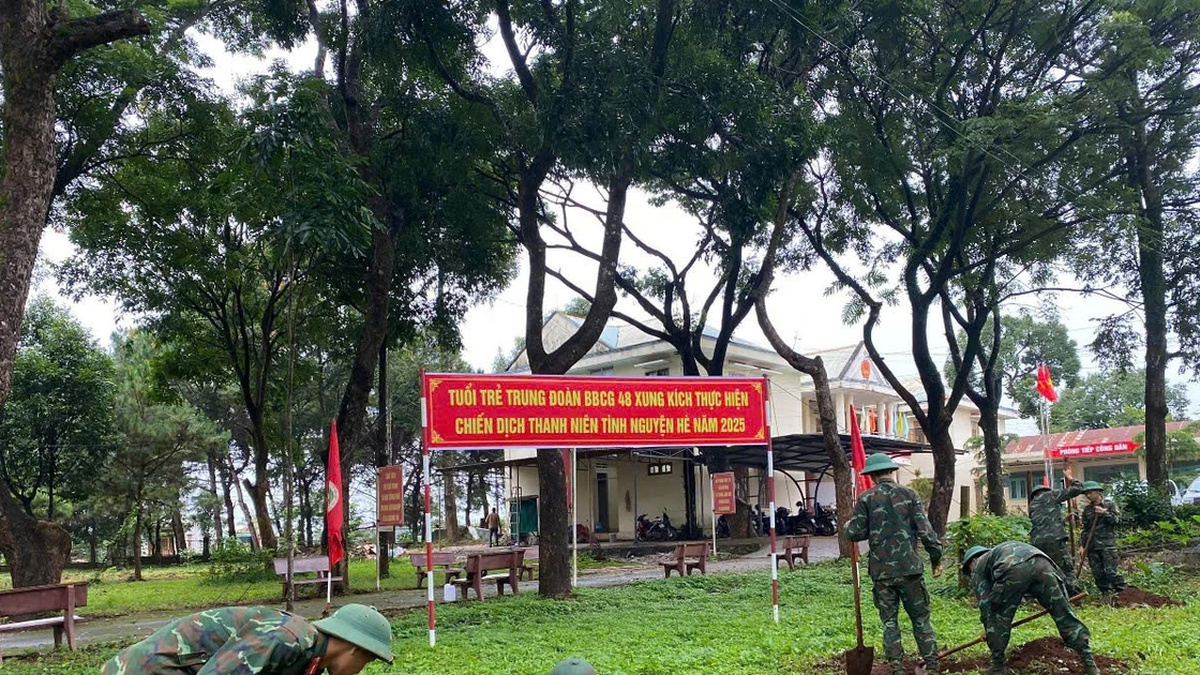
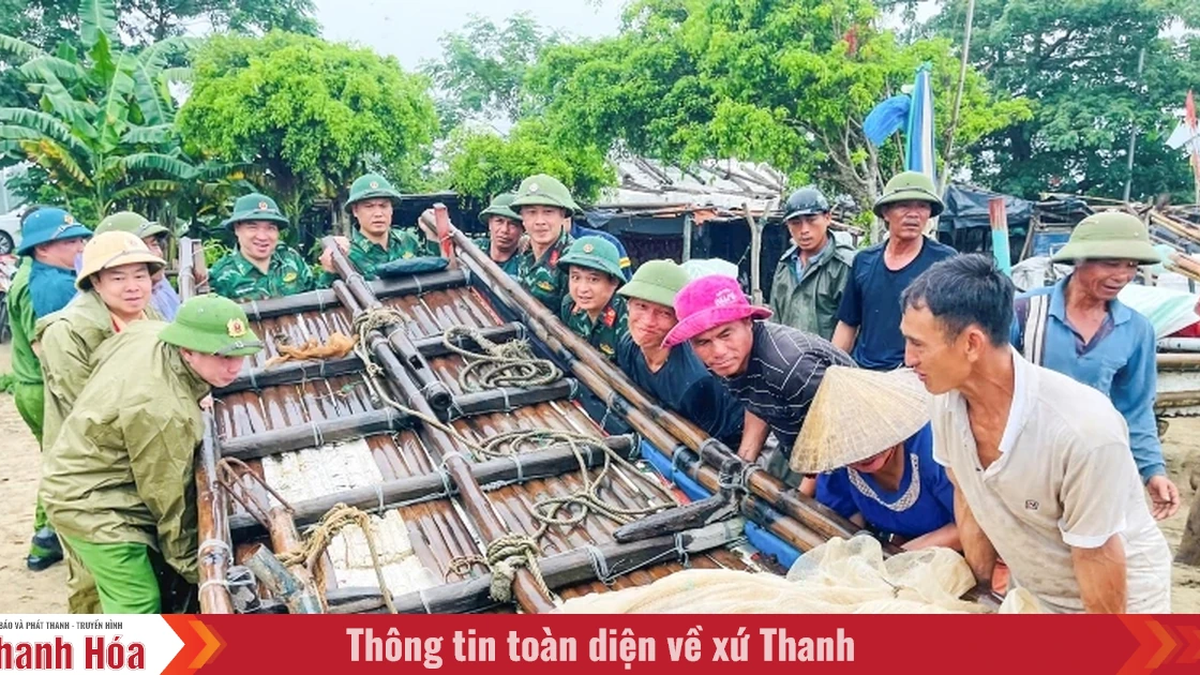

















![[Photo] National Assembly Chairman Tran Thanh Man visits Vietnamese Heroic Mother Ta Thi Tran](https://vphoto.vietnam.vn/thumb/1200x675/vietnam/resource/IMAGE/2025/7/20/765c0bd057dd44ad83ab89fe0255b783)








































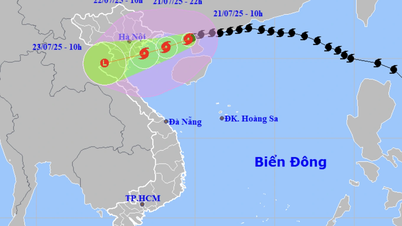
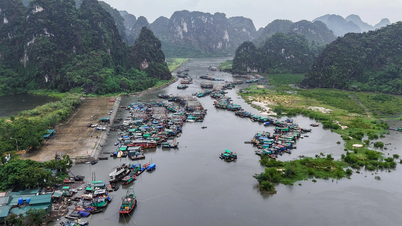




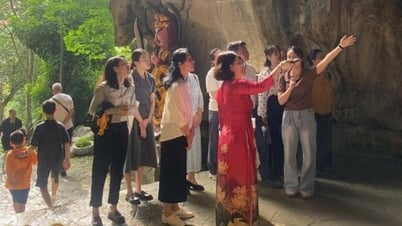

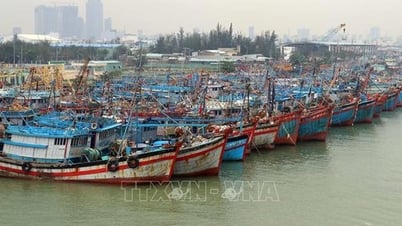





















Comment (0)